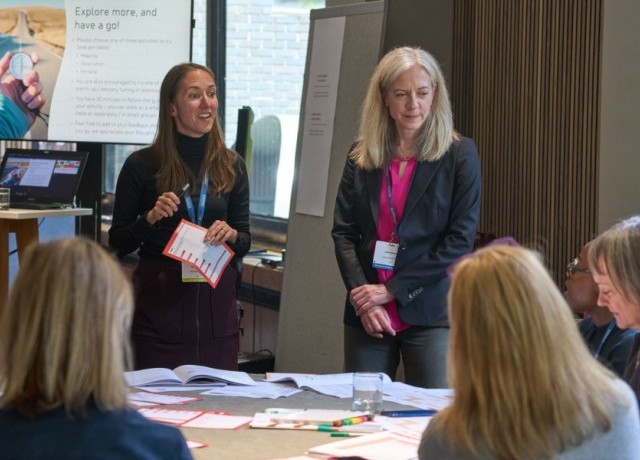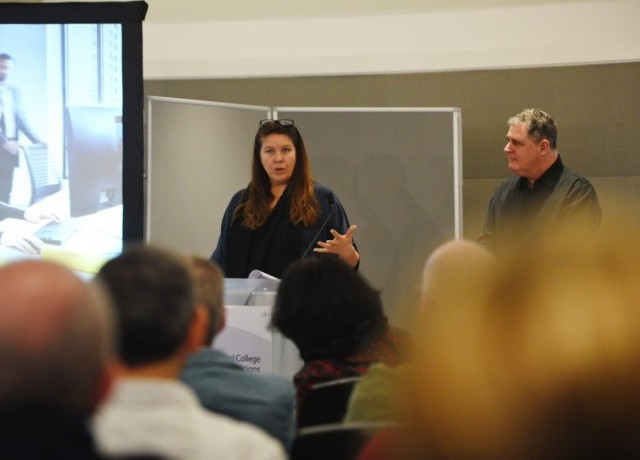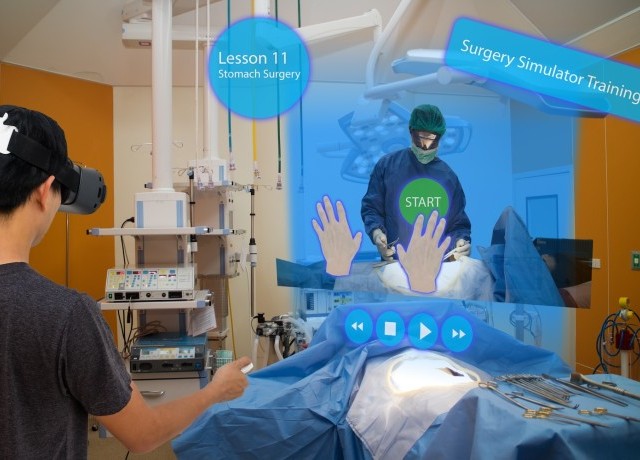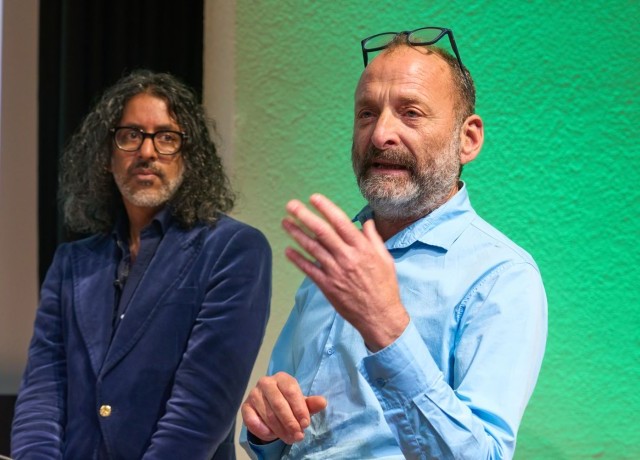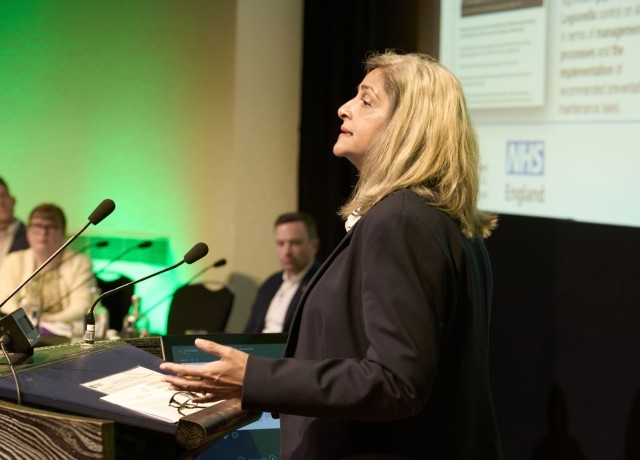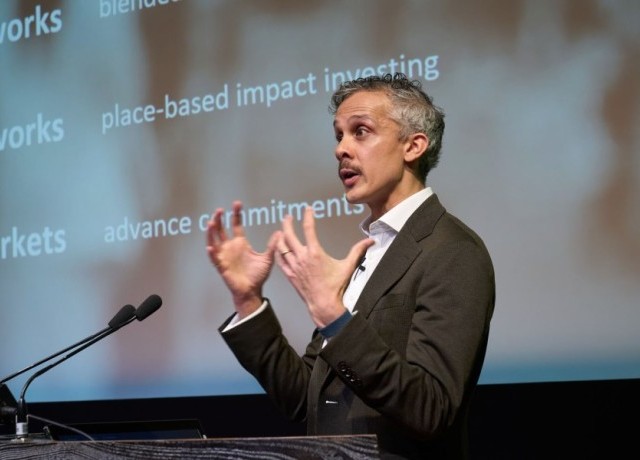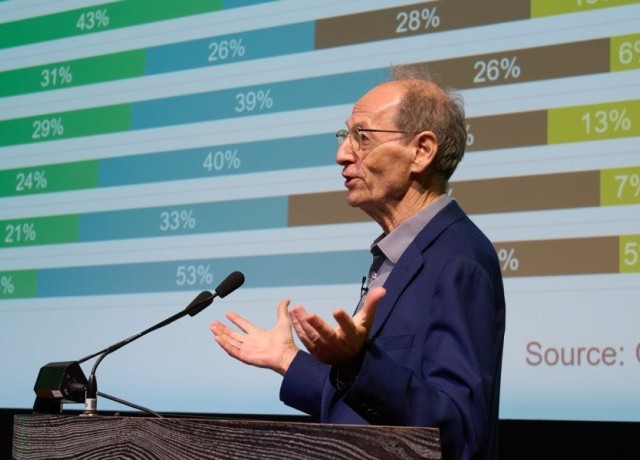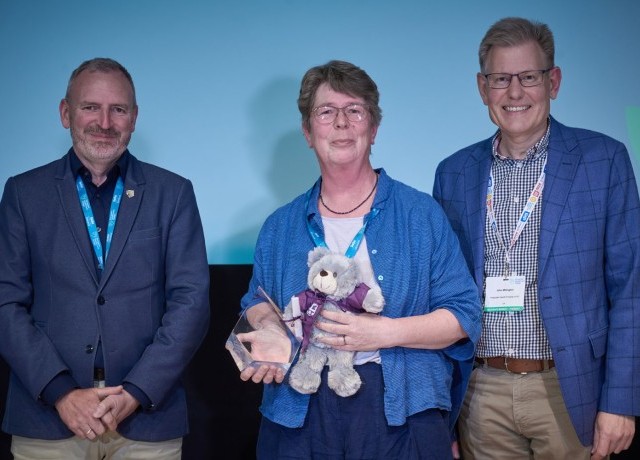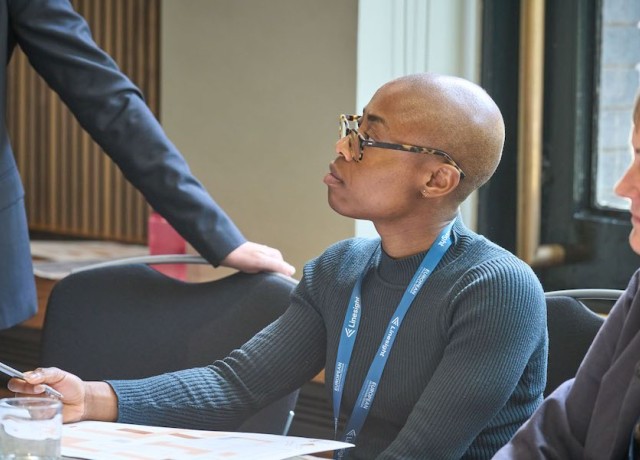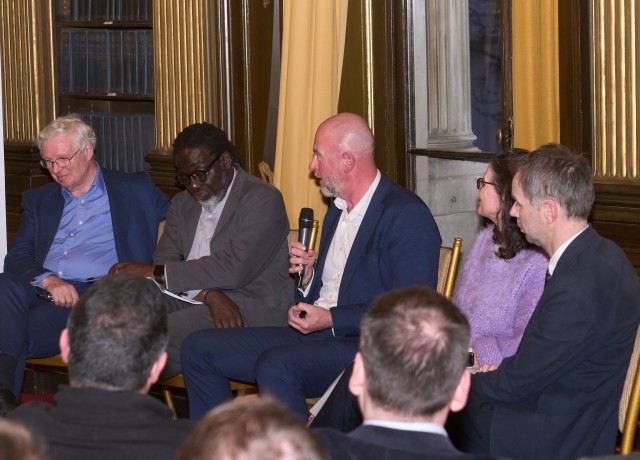Creating resilient, flexible and sustainable clinical casework fit for 21st-century healthcare
This poster demonstrates the steps being taken to be the best at learning to enable safer places for safer people.
For decades, clinical storage or ‘casework’ has been in the main a fully fixed installation. Partly driven by the now withdrawn HTM 63 and 71, this served a purpose and gave some overall guidelines in spatial and dimensional terms.
However, the use of certain materials has not developed with the pace of clinical design and a more flexible, sustainable approach. A typical example would be the use of high-pressure laminate as a worktop when bonded to a processed timber substrate, which is prone to chipping damage. This in turn means the fixed installation is often picked up on an audit as a failure; being an infection control risk due to exposed, absorbent, bacteria- harbouring damage. Post-occupancy evaluations systematically identify the same, even very soon after clinical spaces are in use. This is a case of learning from failure and needing to adapt.
Objectively, the casework should be a flexible system incorporating work surfaces that are more resilient, i.e., solid surfacing, which is repairable, adaptable and reusable. Material selection should minimise embodied carbon. Components should be optimised to be repeatable but through the lens of healthcare design. The sustainability of such is entirely demonstrable.
In terms of future proofing, installing on a fully finished floor under the casework and using sloping tops allows future adaptability without affecting interfacing surfaces. Repurposing where a space may need to be quickly adapted for a change of use becomes a reality.
In summary, we see this approach needing to be used more as in private healthcare settings; for instance, the US health system, where a more flexible approached has been the norm. Added benefits are the MMC and offsite manufacture or pre-manufactured value, which sits at an impressive 87%.
Concluding, this is the way forward in new acute and primary care schemes. It complements the ‘kit of parts’ approach that the New Hospital Programme is adopting and will be the casework of the future, e.g., allowing full integration with IT-enabled digital carts, which are battery powered.
As we learn from advancing technologies and AI, should the built environment not adapt and self-learn to keep pace?
Event news
Digital hospitals – enabling designs that enhance patient care
5th November 2024
Dual-purpose emergency department: Cairns South Health Facility, Queensland
18th September 2024
The BIG Debate: AI in healthcare: Utopia or Dystopia?
18th September 2024


